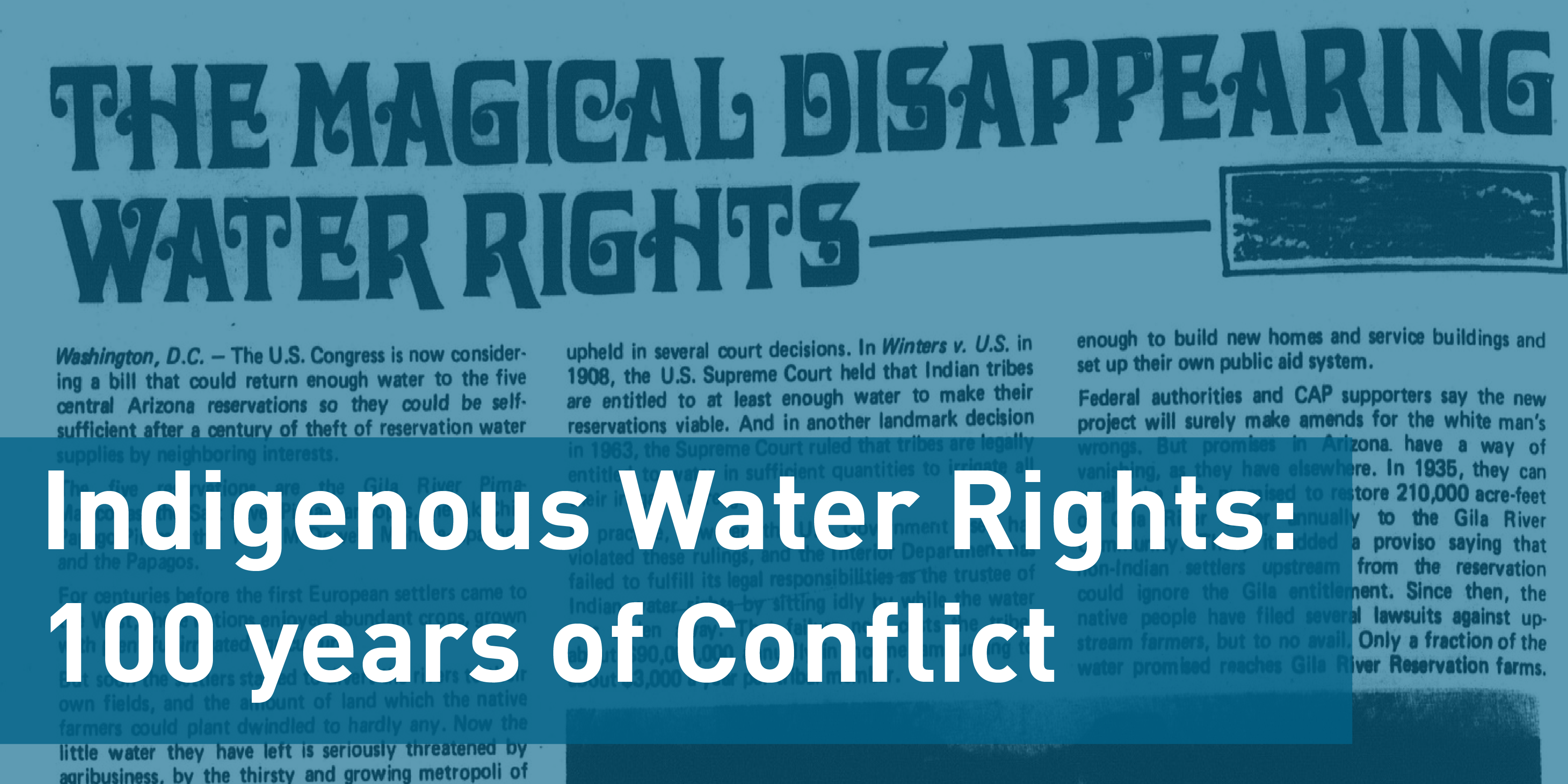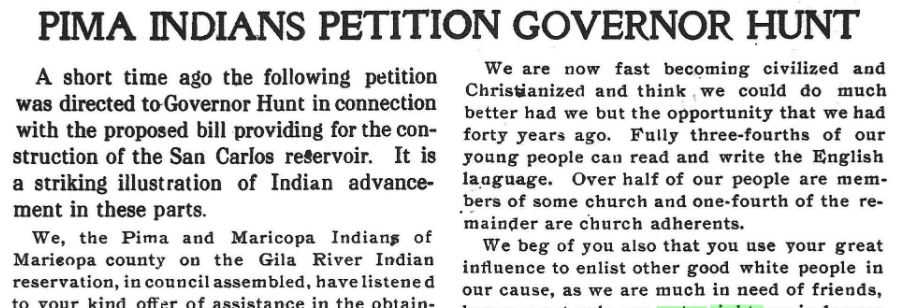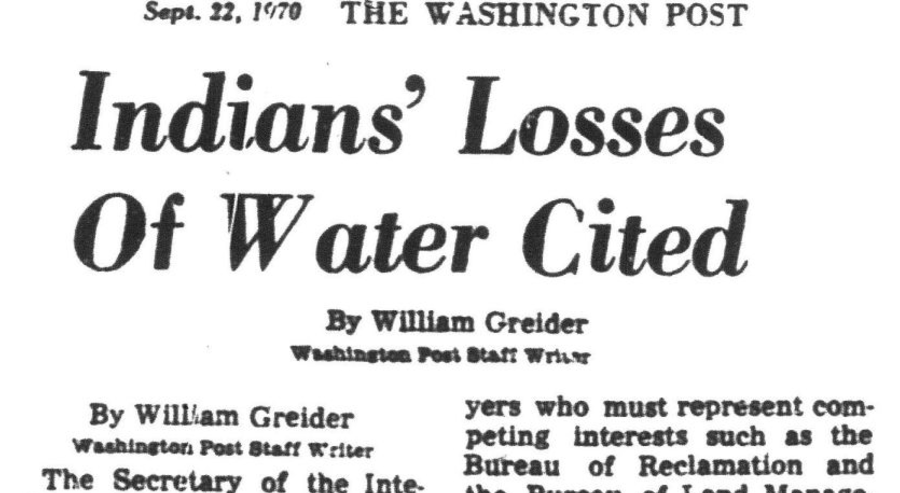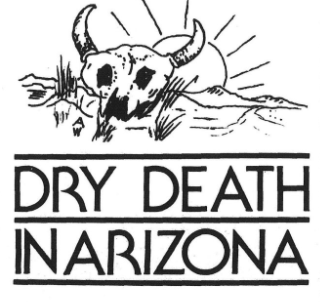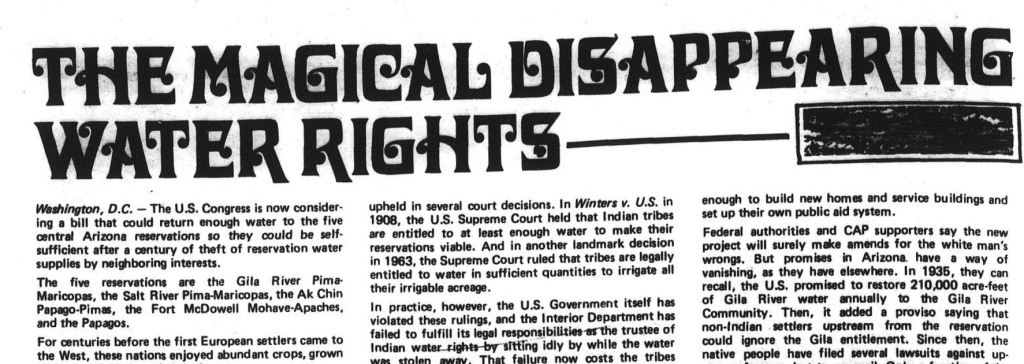Once again, the Dakota Access Pipeline—and the controversy that surrounds it—is in the news. At the heart of the controversy is the pipeline’s potential threat to the Standing Rock Indian Reservation’s clean water supply. However, clashes between Indigenous Americans and the federal government over water rights are nothing new. These conflicts have been documented for over 100 years. One of the first conflicts over the water rights of Indigenous Americans played out in the 1908 Supreme Court decision in the case Winters v. United States. In this monumental case, the Fort Belknap American Indian Reservation objected against the appropriative system of controlling water, which resulted in water being diverted from the reservation. The court ultimately sided with the Fort Belknap American Indian Reservation, and the decision defined the water rights of Native Americans.
Despite the Winters v. United States decision, conflicts over water rights have continued. The documents below are a collection of newspaper clippings and internal documents of Native American associations regarding their water rights.
Pima Indians Petition Governor Hunt (1912)
Owens Valley Land Exchange Bill Becomes Law (1937)
Navajo Want Water Rights Back (1969)
Indian’s Losses of Water Rights Cited (1970)
The Magical Disappearing Water Rights (1976)
The documents above are just a snapshot of the material related to water rights contained within the Indigenous Peoples: North America archive, but they offer a unique perspective on this complex issue. As the impending legal battle over the Dakota Access pipeline plays out in court, we can reflect upon similar past conflicts and in doing so, gain a clearer understanding of the present.

